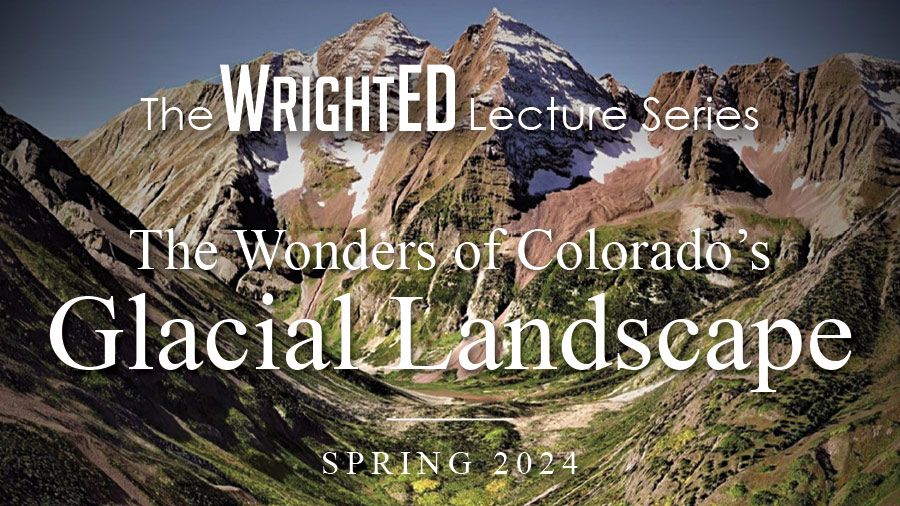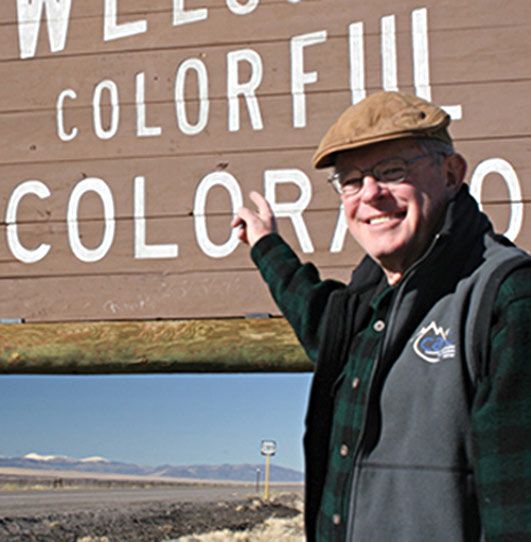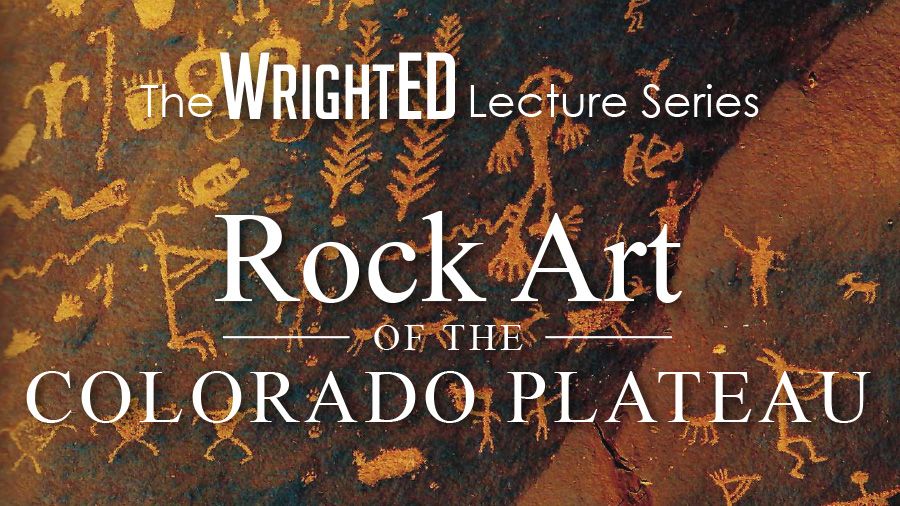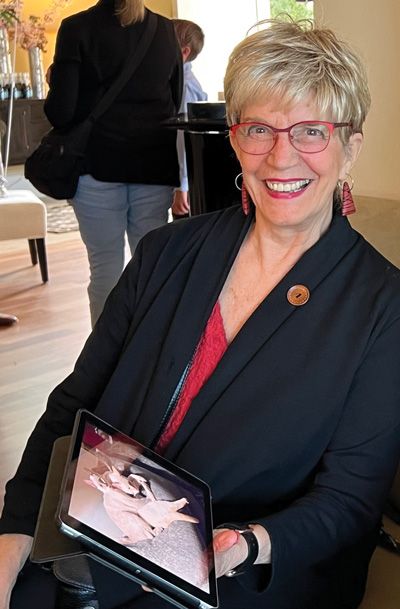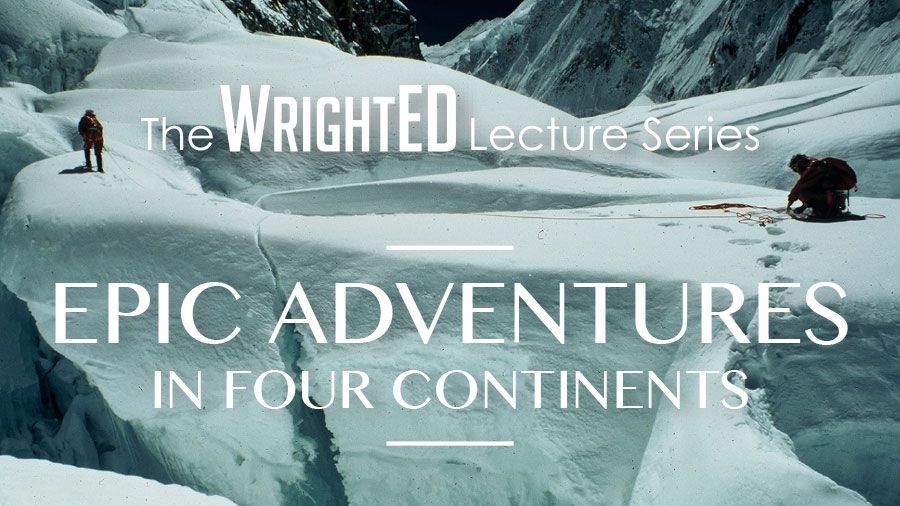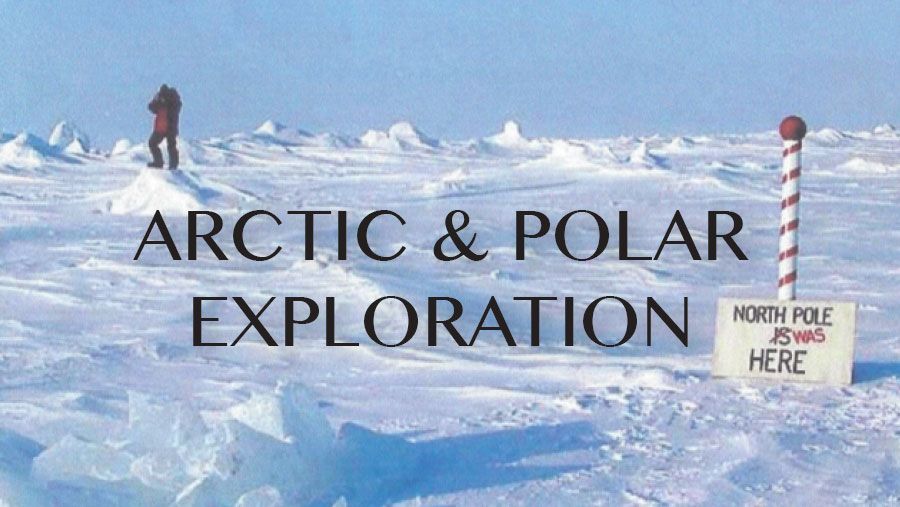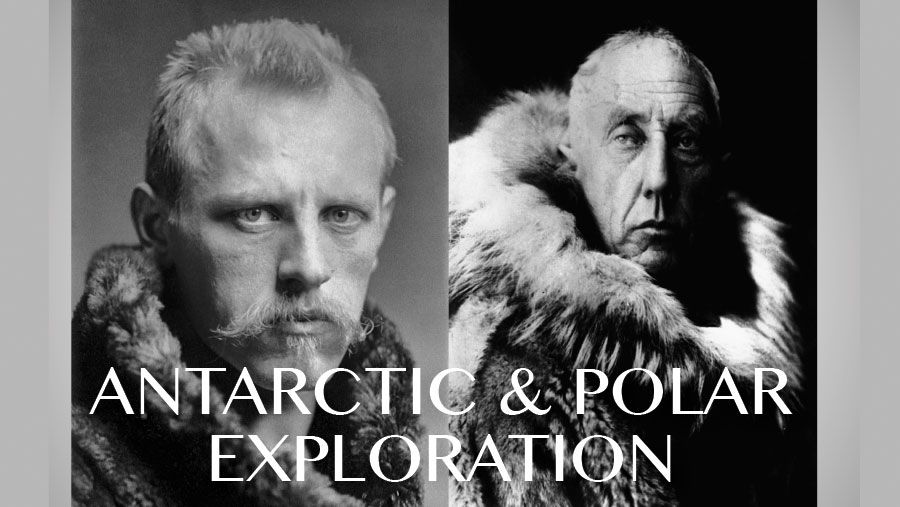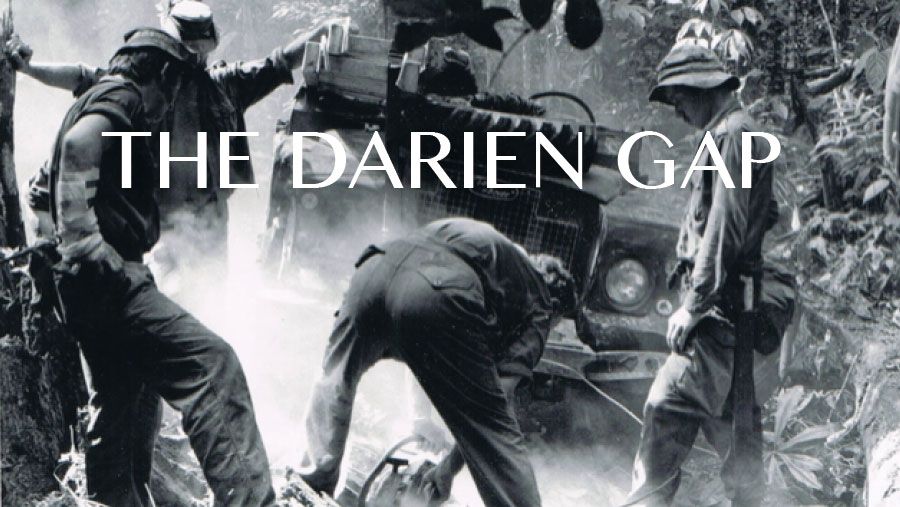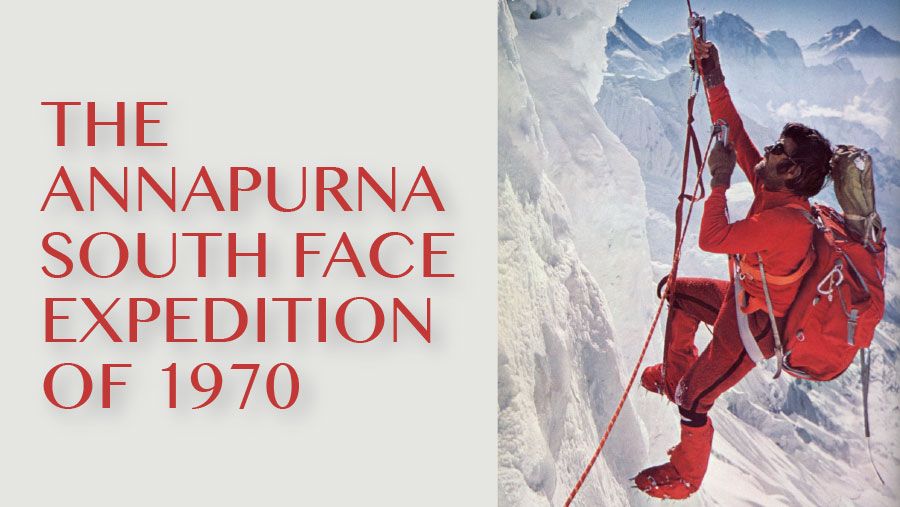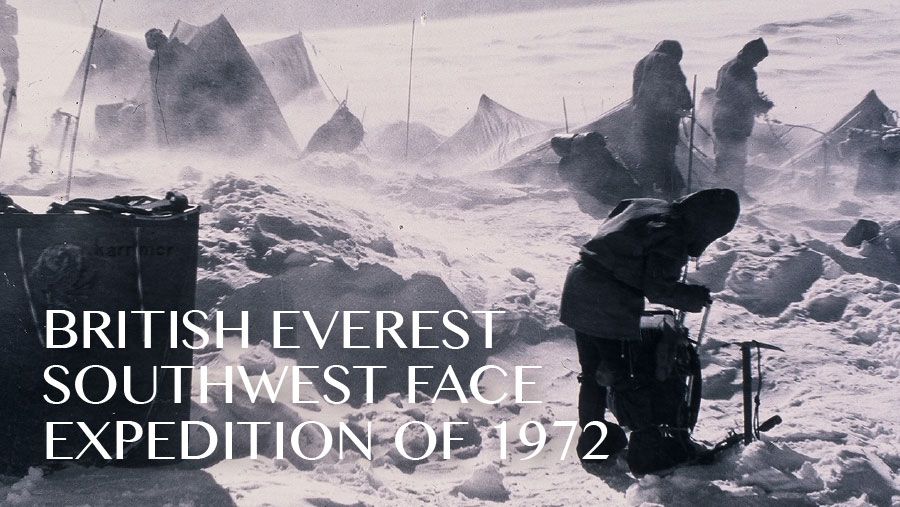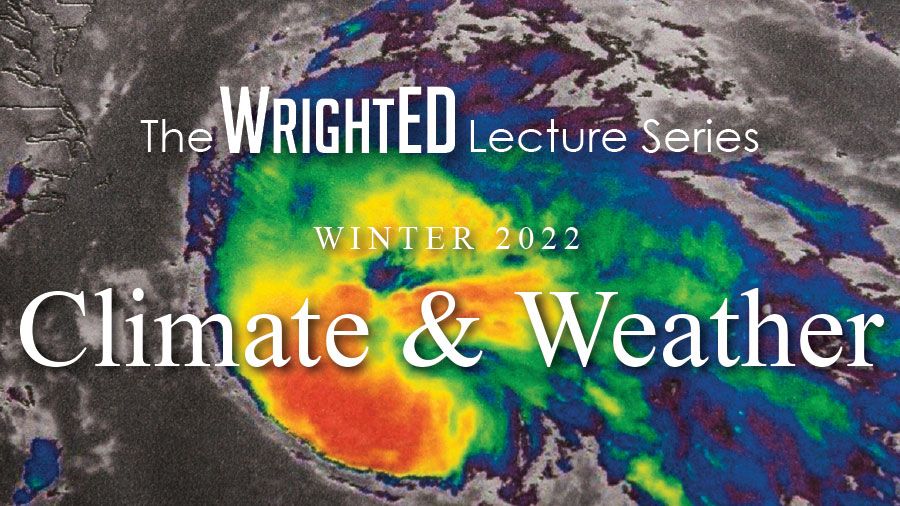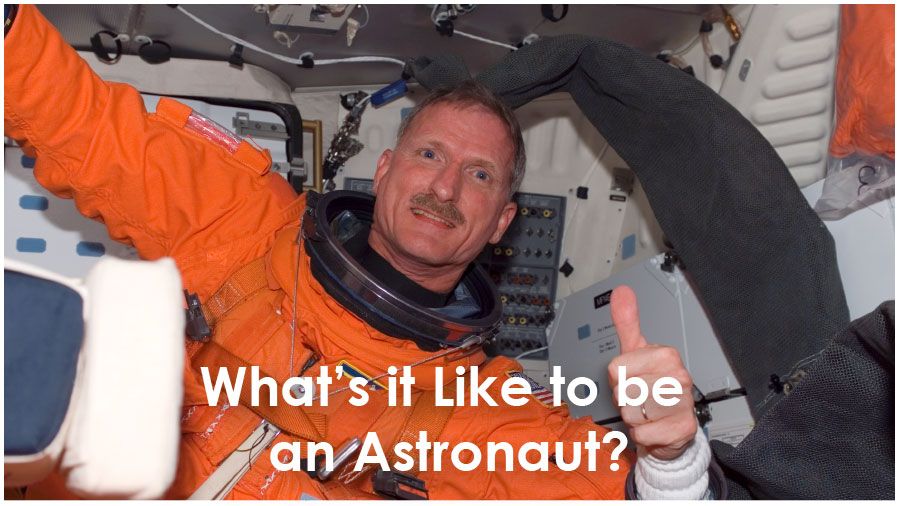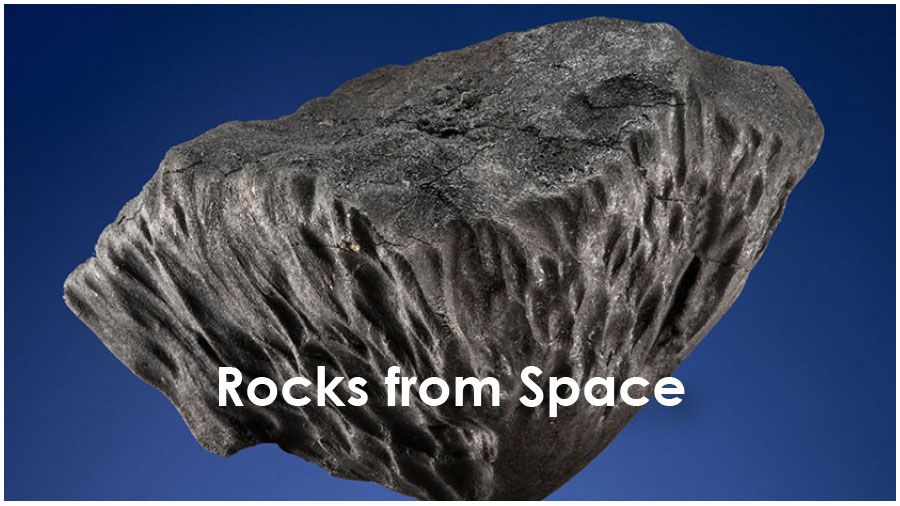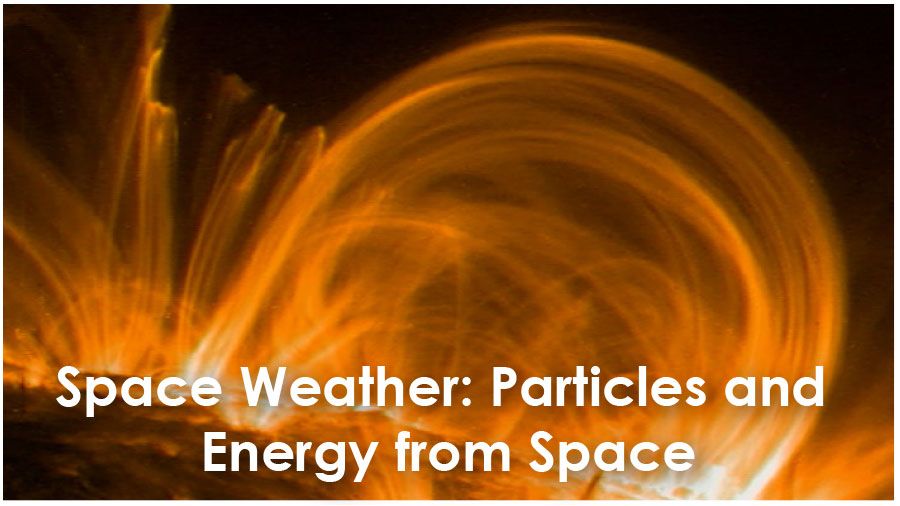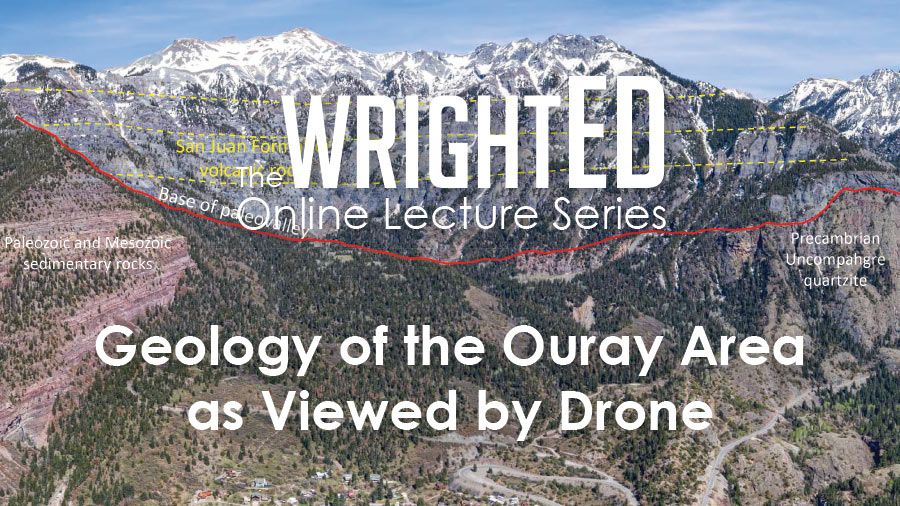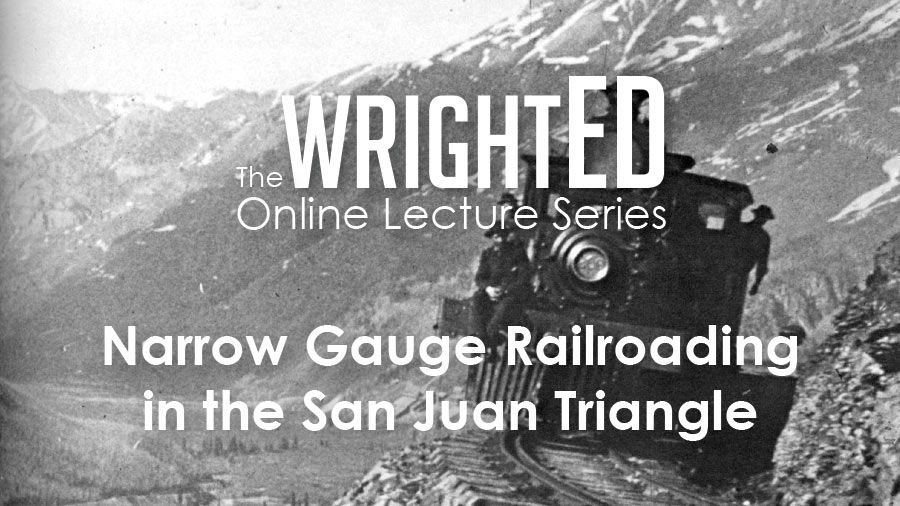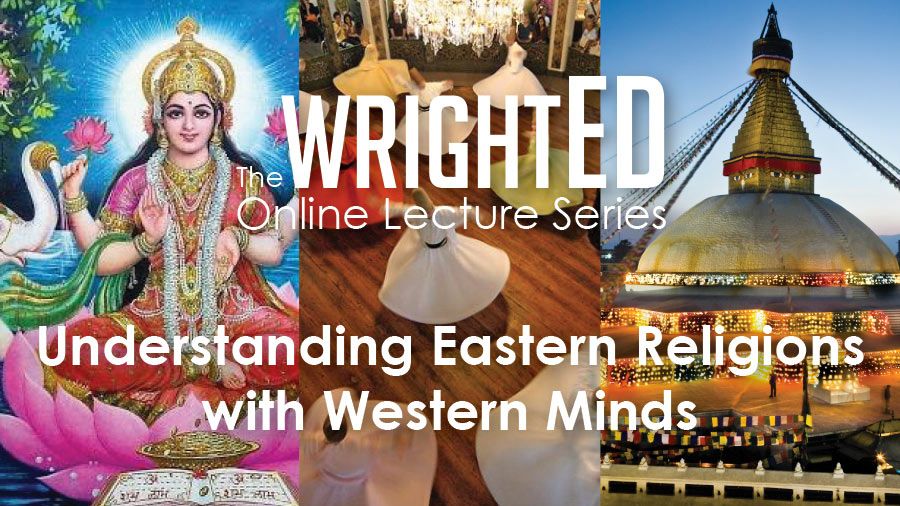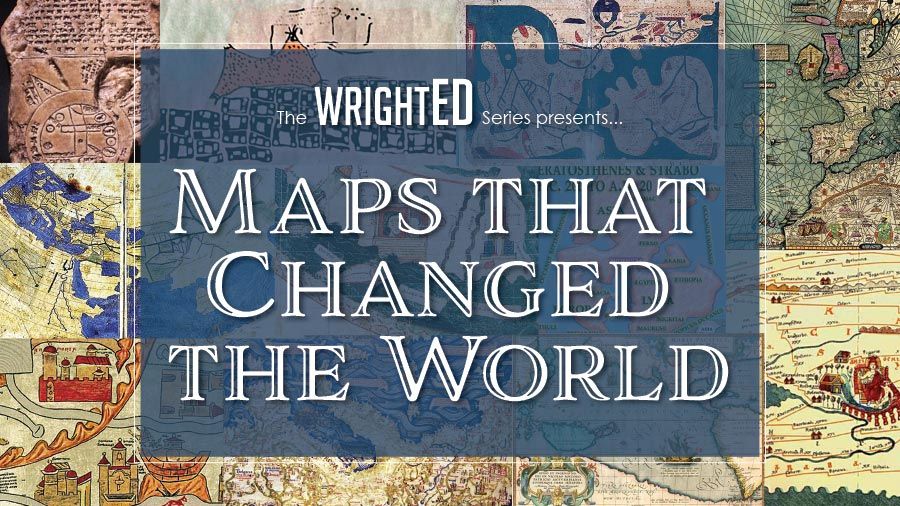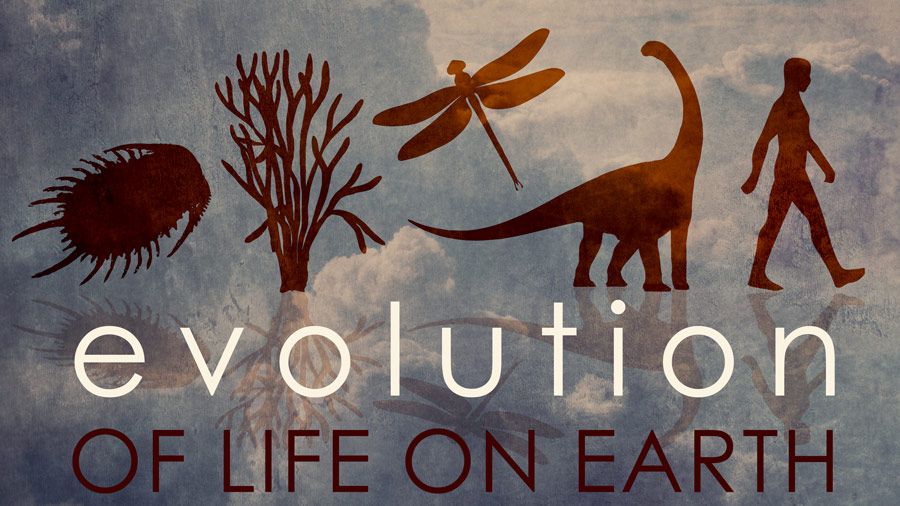Near Death Experiences
50+ years of mind-blowing research | Presented by Maria Arapakis
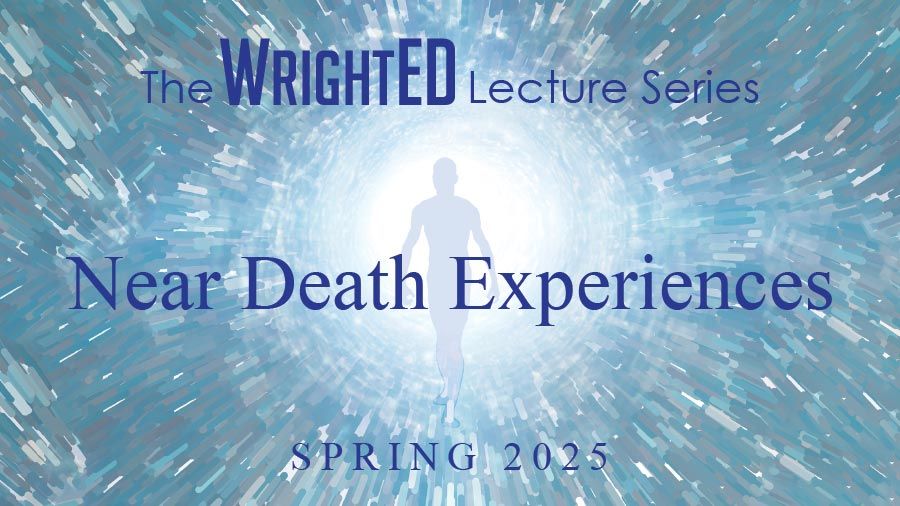
What happens to human “consciousness” when we die? In 1978, Dr. Raymond Moody's landmark book “Life After Life” reported on Moody’s investigation of 150 people who died “clinically,” were subsequently revived, and reported similar extraordinary experiences. His book started a revolution in popular attitudes regarding an “afterlife” and forever changed how we understand both death and life.
Since then, with vastly improved resuscitation techniques, five decades of scientific research on thousands of NDEs has brought us powerful evidence that yes, Virginia, there is “life" after physical death and, as frosting on the cake, what awaits us is both heart-warming and extremely comforting.
Physicians and professors at prominent universities, medical schools and hospitals world-wide continue to study this phenomenon with seriously "mind-blowing" results. This course brings you up to speed on these findings as well as what we now know about other exceptional “paranormal” phenomenon like “OBEs” (Out of Body Experiences).
Wednesdays
2 - 4:30 pm MST, Via Zoom
6 Sessions: February 5, 12, 19, 26, March 5 and 12, 2025
FREE enrollment to the first 100 students!*
Can't attend at 2 pm? Don't worry! All sessions are recorded and emailed for easy viewing on your own time.
*Enrollment for the first 100 students is complimentary, with gratitude to our anonymous underwriter! Enrollment is $45 for all 6 courses thereafter.


